Nov 22 2015
Learning to measure Lactate
If you haven’t done so, you should really read this post, me waffling on about the test protocol and other general theoretical preparations. This post is about what actually happened.
The ambient temperature in my rowing basement was 12 degrees C. There was good air flow (door open to outside where it was 3C), and the humidity was quite high.
- Preparing all the lactate paraphernalia around the erg. I would stab in my right hand, using my dominant left hand, so lancing device and meter on the left, on the little table with the radio. 9 strips (the 8 that I would need plus one reserve) taken out of the little plastic container and prepared on a clean piece of tissue, on the floor on the left. Notebook and pen on the left. I wrote capital letter and underlined instructions on the top of the page: “DRY. WET. DRY. STAB. WIPE. DROP. MEASURE.” On the right hand side, a safe distance from the precious strips, I had a roll of tissues, a wet towel, and my water bottle.
- 2k warming up at 2:10 – 2:15 pace, then going through a mime version of the test protocol.
- First 10 minutes @ 160W. I did the protocol a little clumsily, had to stab twice and still got a miniature droplet. The meter said: “Lo”. OK. A little frustrated but as I was already over the two minute break I decided to accept not having a measurement here and move on.
- Second 10 minutes @ 165W. This time I paid attention to pressing the lancing device hard against my finger and stretching the skin a bit with my thumb. That proved to be more successful. I had enough blood I think. The entire capillary of the strip turned red, like this:
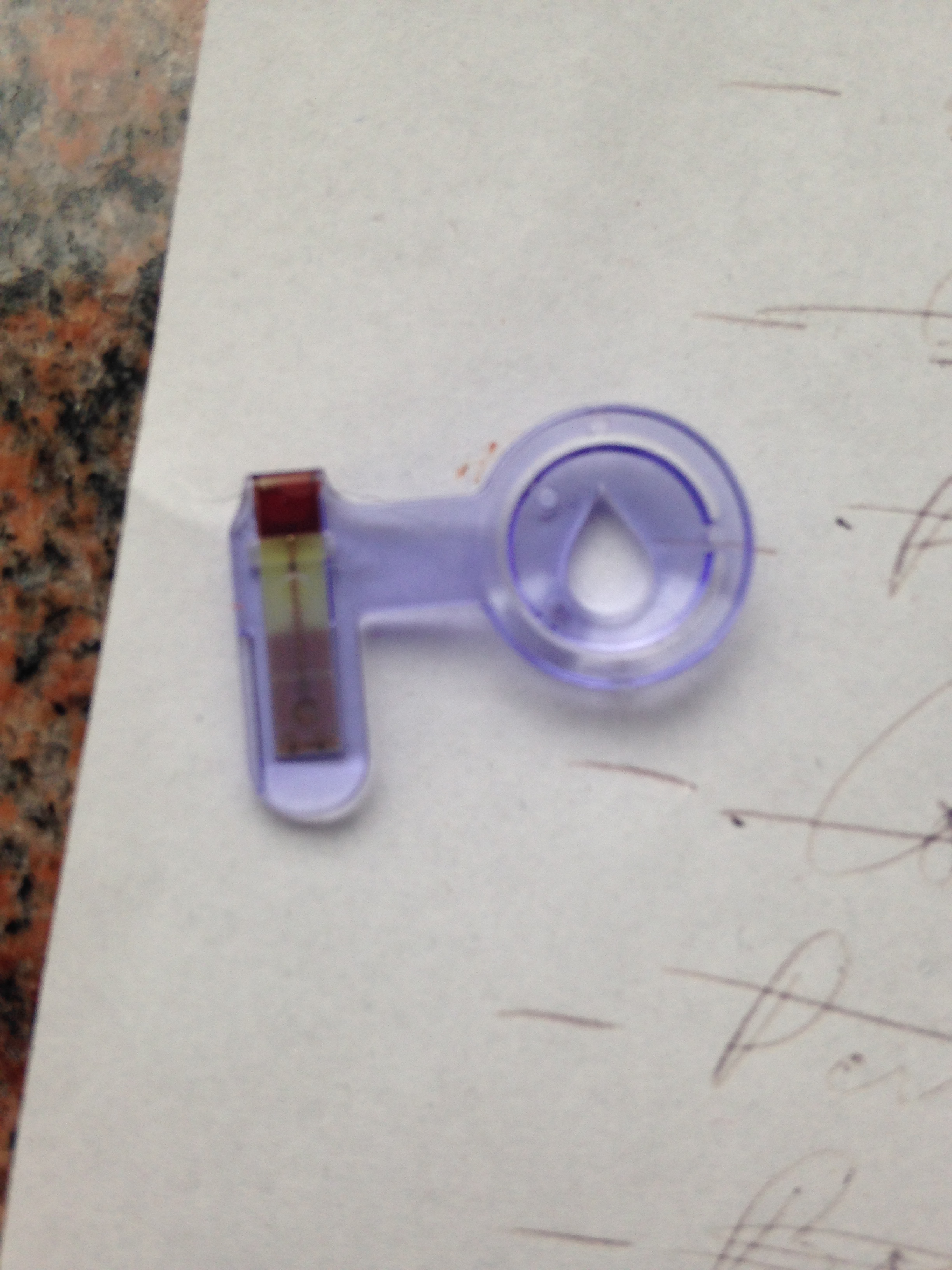
- The reading was 0.8 mmol/L. Much lower than expected.
- At 170W and 175W I got readings of 1.2 mmol/L. Funnily now blood would come out of the stabs during the row, but new stabs didn’t bleed much. I had to take care to wait and get enough blood. I gradually reduced the time needed to take the measurement to about 90 seconds, 100 seconds including writing down the result in my notebook.
- I was looking forward to seeing an increased value at 180W, but I was impatient and didn’t get enough blood. The drop was actually just big enough but I slightly misaligned my finger with the strip, smearing blood on the wrong side of it: “Lo”. I decided to take a longer break, prick again and re-measure. Now I got 0.6 mmol/L!
- Frustrated and thinking I must be doing something wrong, I decided to jump 10 W to 190W. Here, I measured 1.0 mmol/L. Needed to “milk” my finger.
- Now with two 10 minute intervals to go and two strips left, there was no room for error. I rowed the 7th interval at 205W and the reading was 1.4 mmol/L. Needed some “milking” of the finger to get enough blood.
- Slightly angry, I rowed the final interval at 248W, so that’s 10 minutes at 6k pace. Did I say I was frustrated? That caused me to push harder than the 210W that was scheduled. I also wanted to provoke the analyzer to show a high value. I got what I was looking for: 4.8 mmol/L.
- A 1km cooling down and then a shower. After the shower I took another test reading just to check, and measured 1.7 mmol/L. That sounds plausible. This was about 10 minutes after the end of the cooling down.
Here is the row:
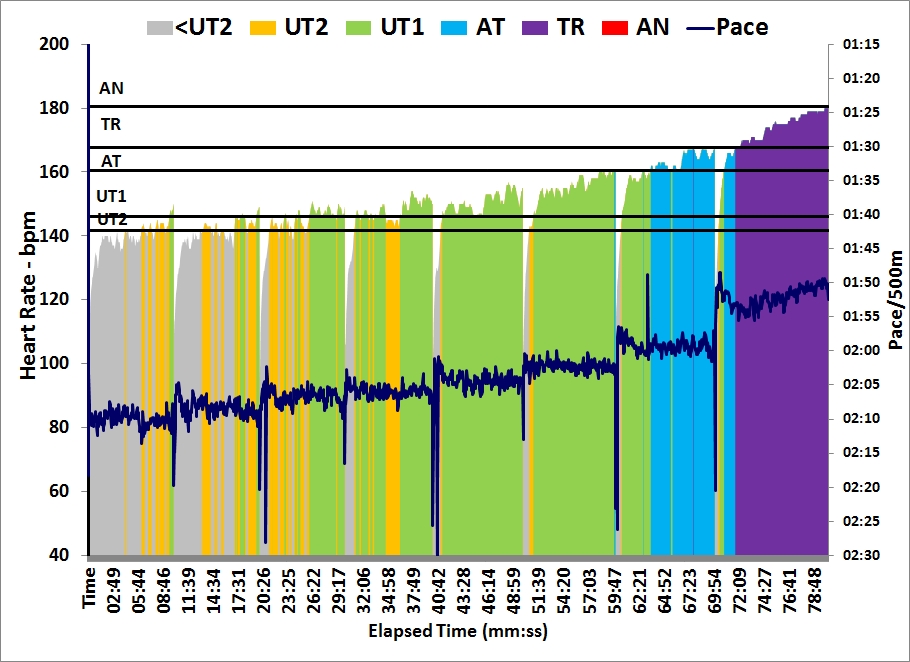
Workout Summary - Nov 22, 2015
--|Total|-Total-|--Avg--|-Avg-|Avg-|-Avg-|-Avg
--|Dist-|-Time--|-Pace--|Watts|SPM-|-HR--|-DPS
--|19433|80:00.0|02:03.5|185.8|22.5|151.0|10.8
Workout Details
#-|EDist|-Etime-|-SPace-|Watts|SPM-|AvgHR|DPS-|Comments
01|02308|10:00.0|02:10.0|159.4|20.7|138.7|11.1|Lactate Lo
02|04644|20:00.0|02:08.4|165.3|20.9|140.3|11.2|Lactate 0.8
03|07009|30:00.0|02:06.9|171.3|20.8|143.3|11.4|Lactate 1.2
04|09391|40:00.0|02:05.9|175.3|21.4|145.7|11.1|Lactate 1.2
05|11796|50:00.0|02:04.7|180.3|22.0|148.3|10.9|Lactate Lo/0.6
06|14251|60:00.0|02:02.2|191.7|22.6|153.2|10.9|Lactate 1.0
07|16760|70:00.0|01:59.6|204.8|24.2|159.9|10.4|Lactate 1.4
08|19433|80:00.0|01:52.2|247.6|27.7|171.1|09.7|Lactate 4.8
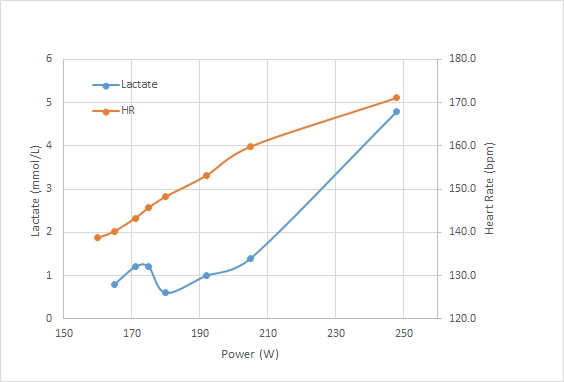
So now I have a blue pinky finger and a well perforated ring finger on my right hand, I am a little confused, and I am torn between a few explanations:
- I must have done something systematically wrong and got too low numbers. This sounds very plausible as I am just learning to take the measurements. On the other hand, I read on several places that if you do something wrong, you tend to get too high values …
- I am an anomaly and very efficient at re-using lactate. I seem to get significantly lower lactate numbers at low power than the crowd on the Free Spirits Forum. Does the 2.0 mmol/L as a good steady state intensity apply to me at all? Have I been doing my steady state at a too low intensity? I use to row around 2:06 pace which is 175W.
- Another possibility is that I am seriously overtrained, completely depleted of glycogen and not able to increase the lactate level. Somehow this theory seems in conflict with my recent testing of the 2k and 6k …
- I really should have continued and measured at 215 and 225W instead of going to 248W immediately. On the other hand, it was good to get rid of my frustration (at the cost of dubious training effect) and to at least know that the meter is capable of measuring higher values.
What next?
I will continue to measure in the coming weeks, probably after 20 minutes and 60 minutes on a 3x20min session. I hope to get more handy with the measurements, and at the same time to get some more data that would confirm the normal lactate levels for my body. I will probably do the next 3×20 session at 200W, slightly faster than I used to, to see what that brings me.
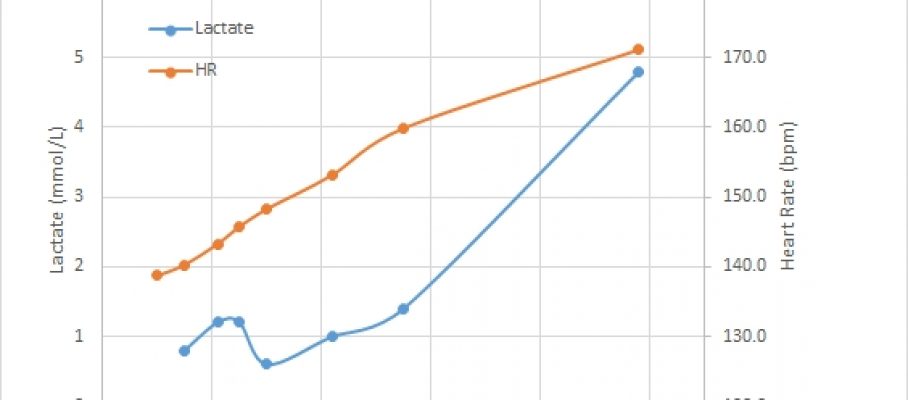
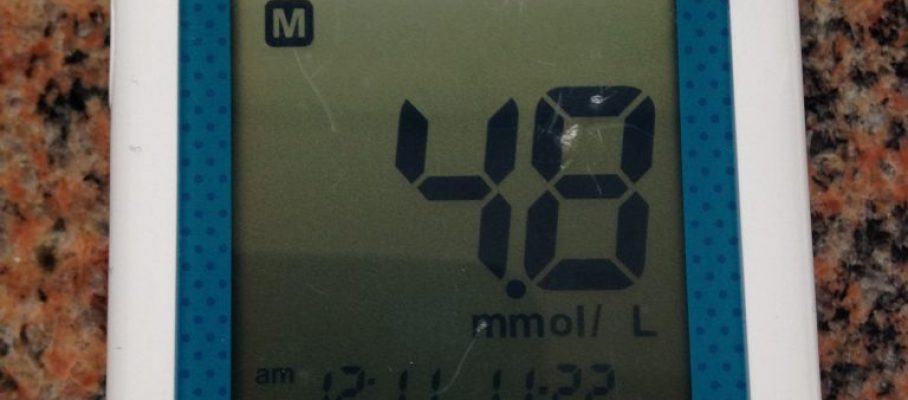
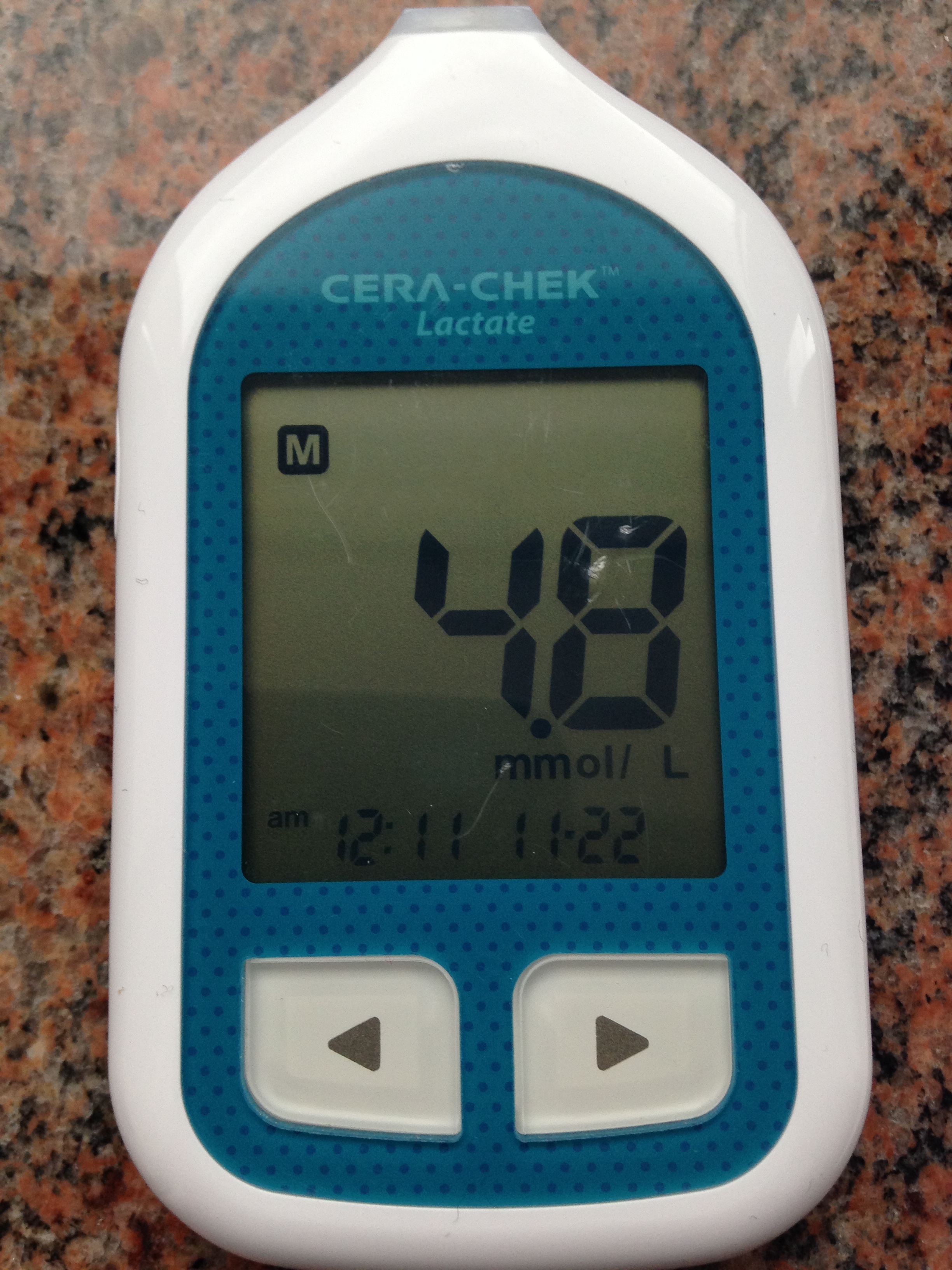



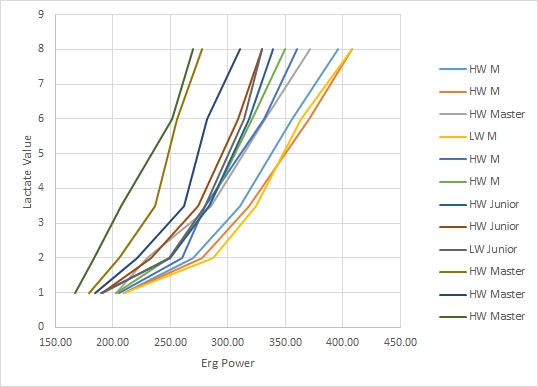


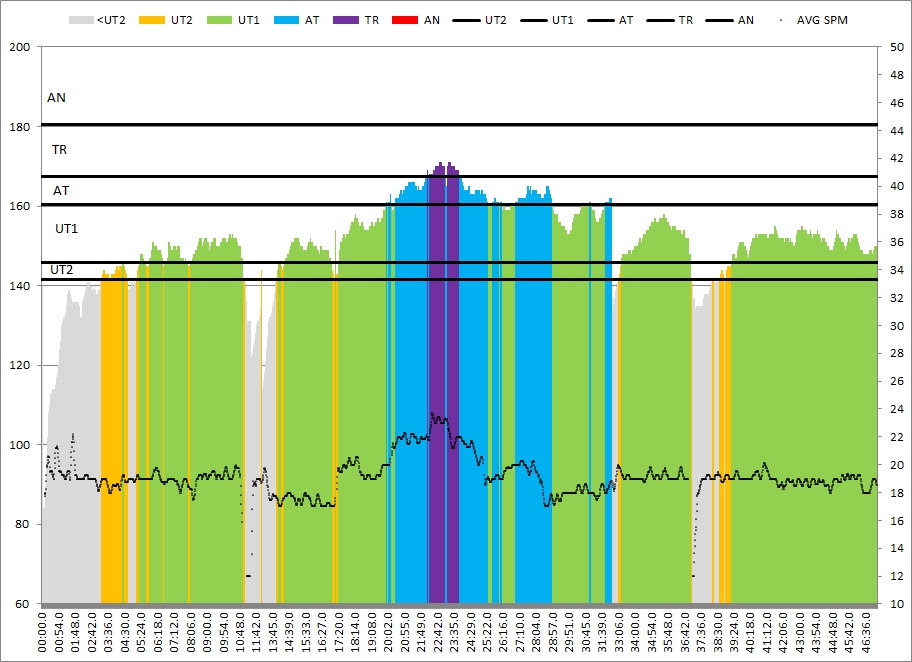

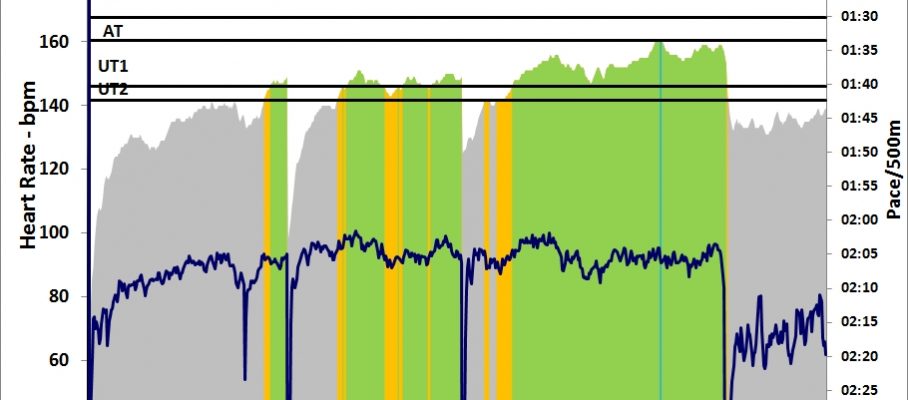
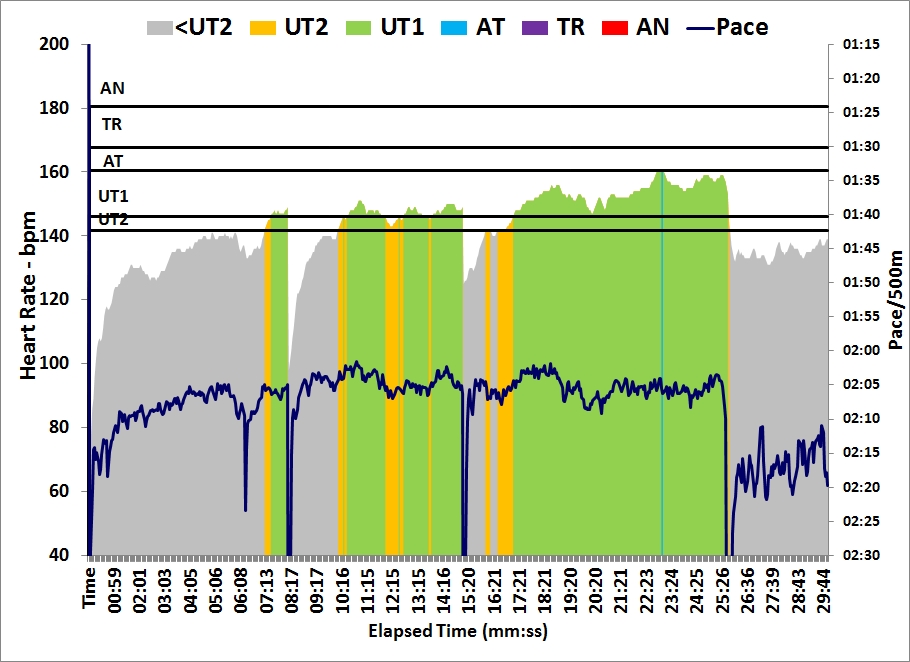
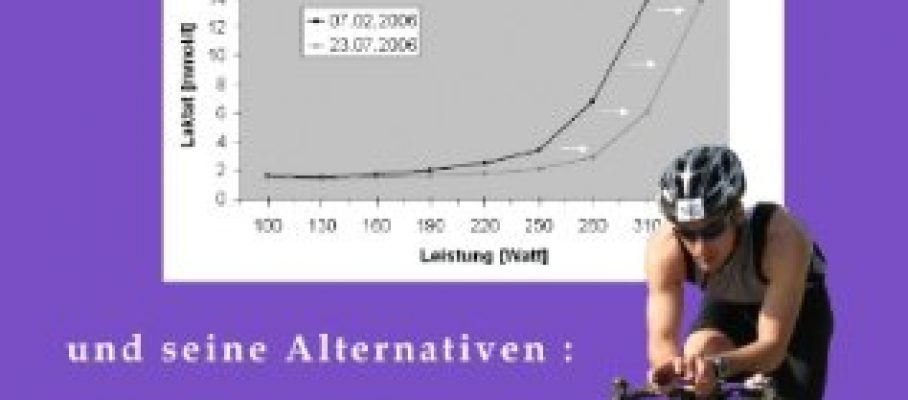
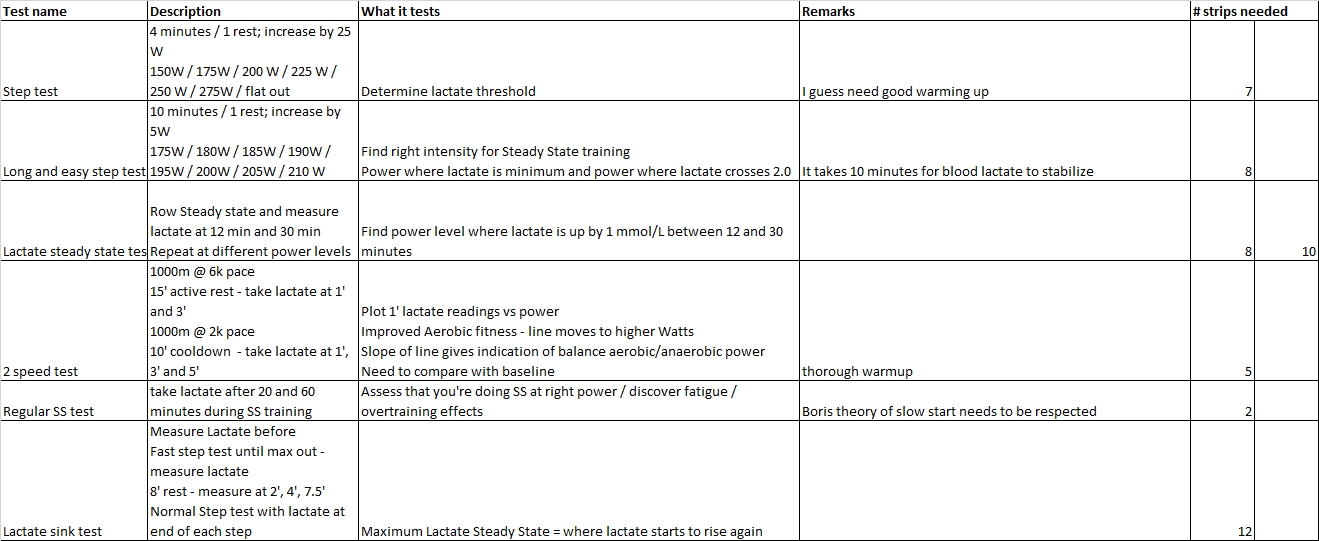
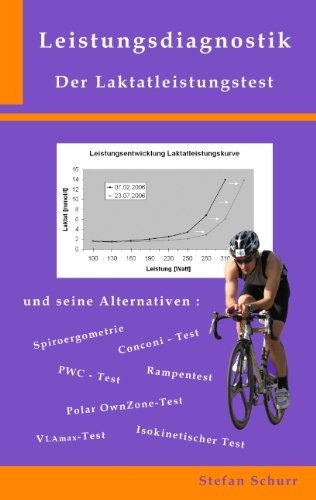
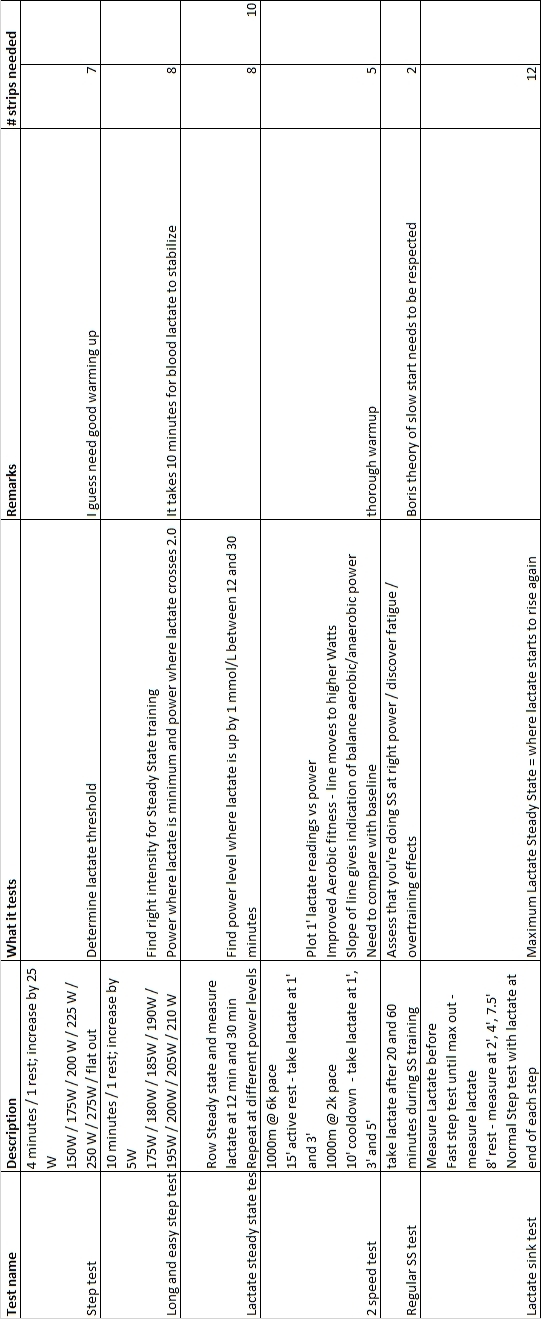
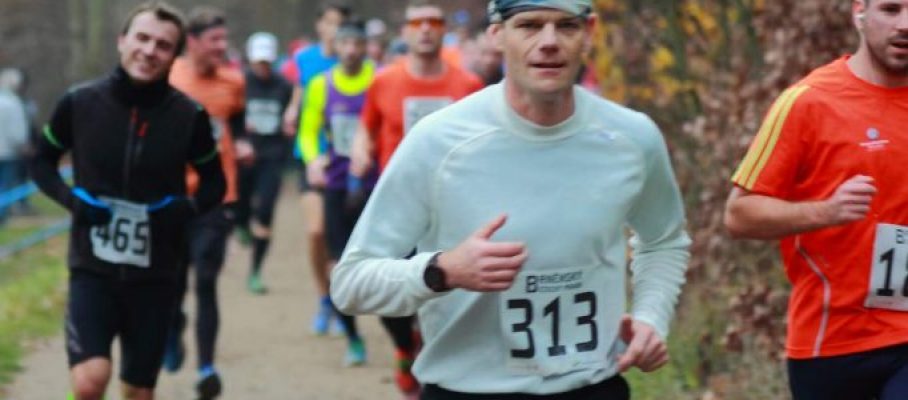
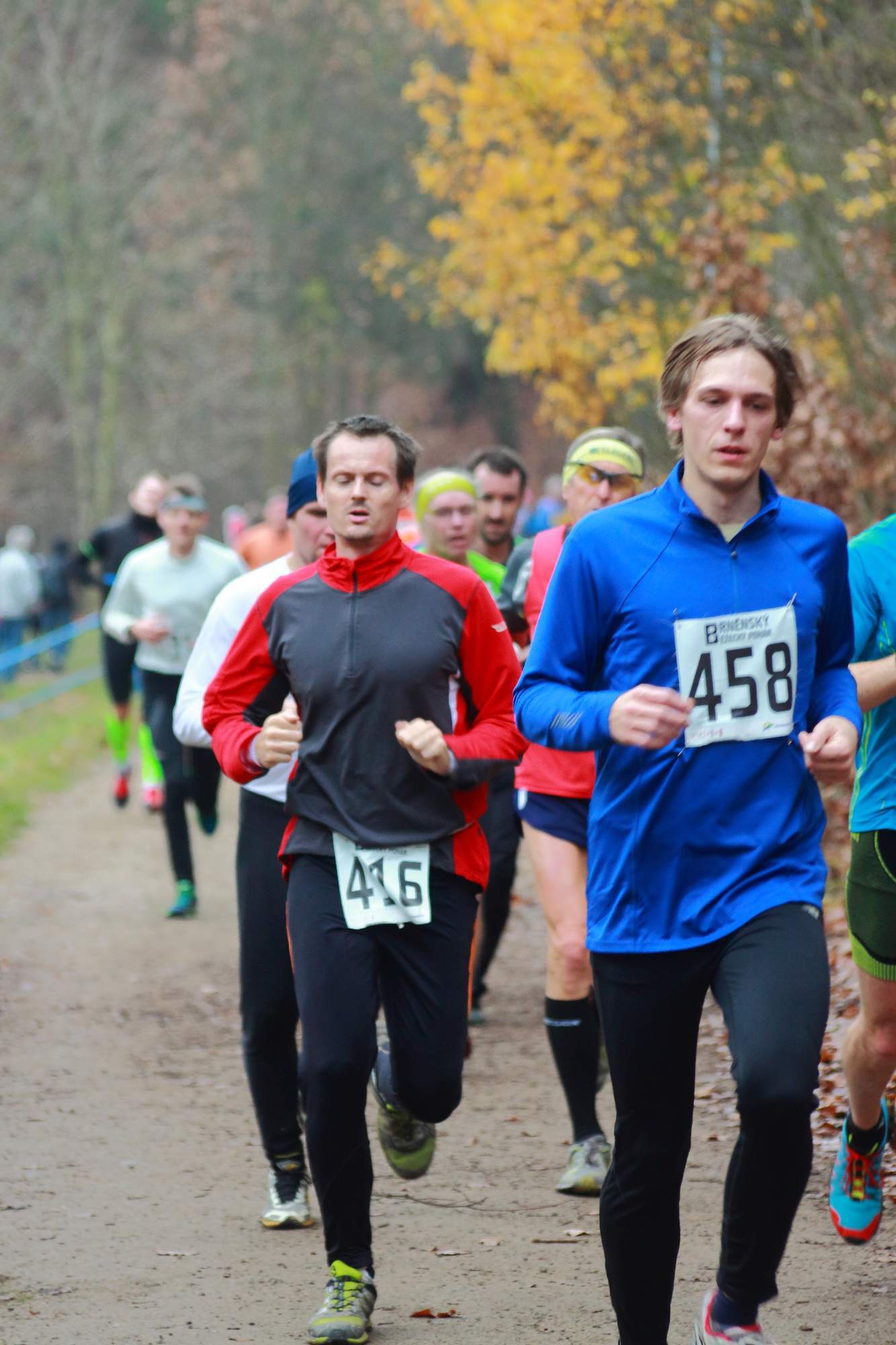
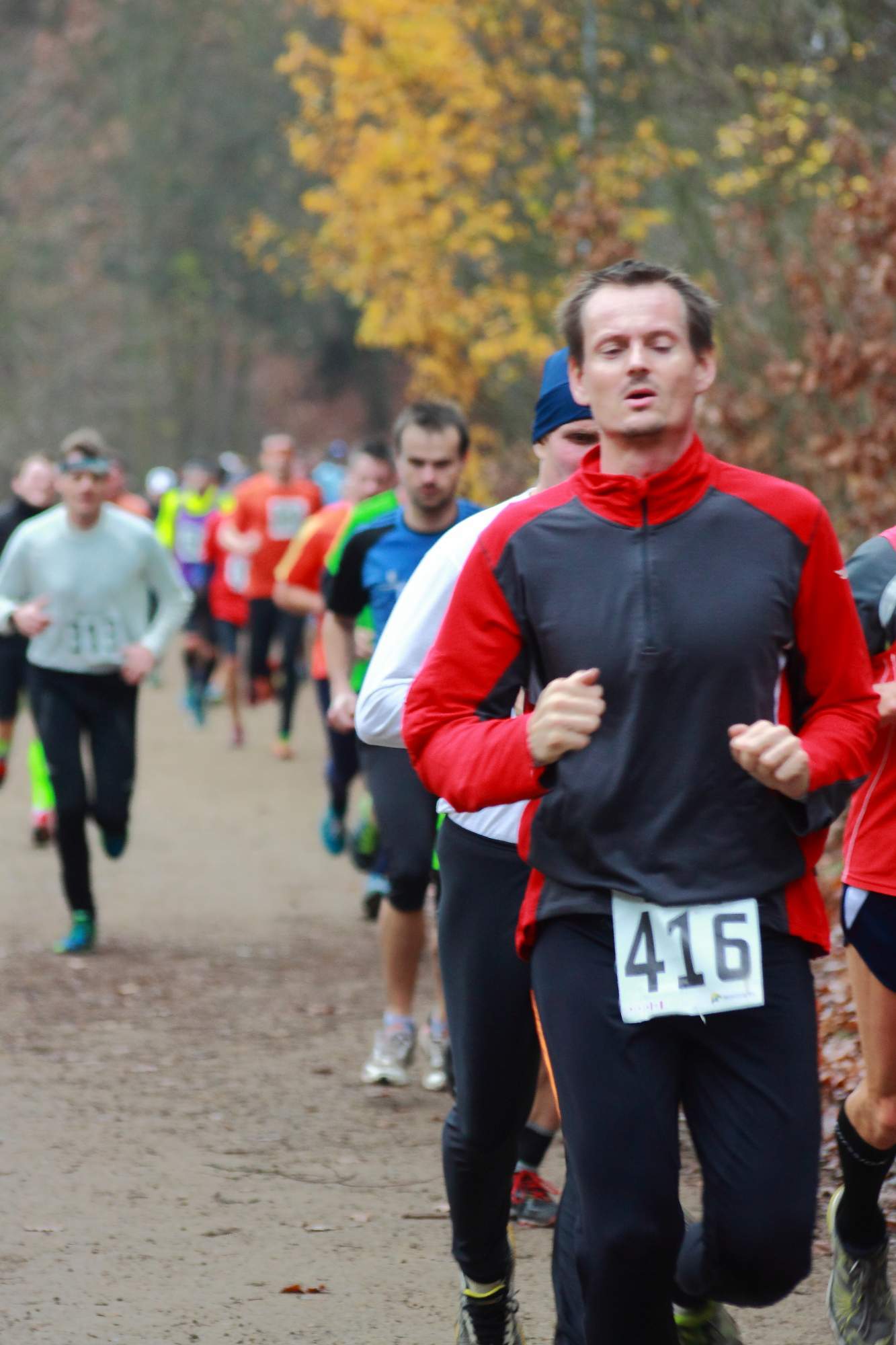
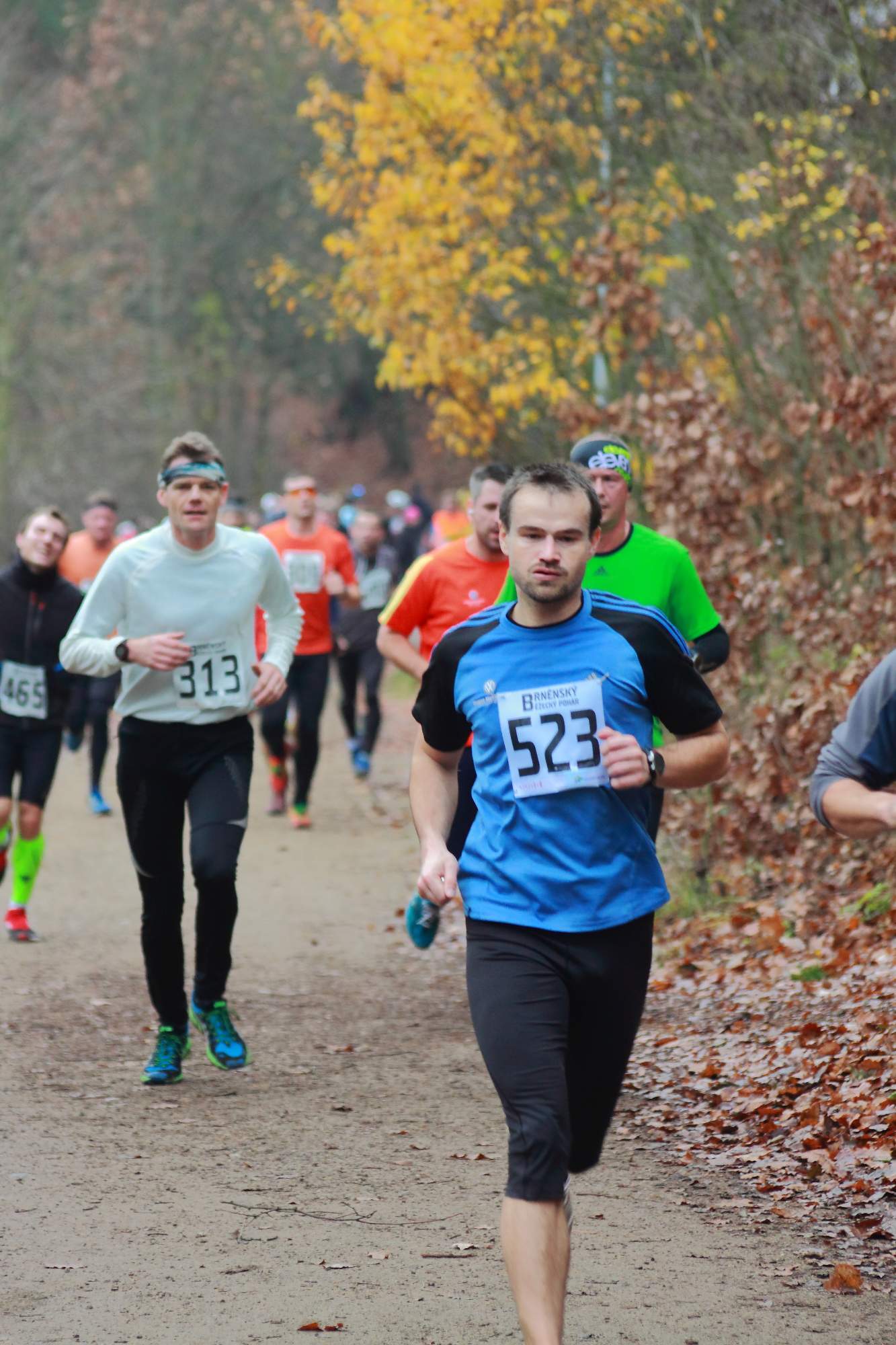
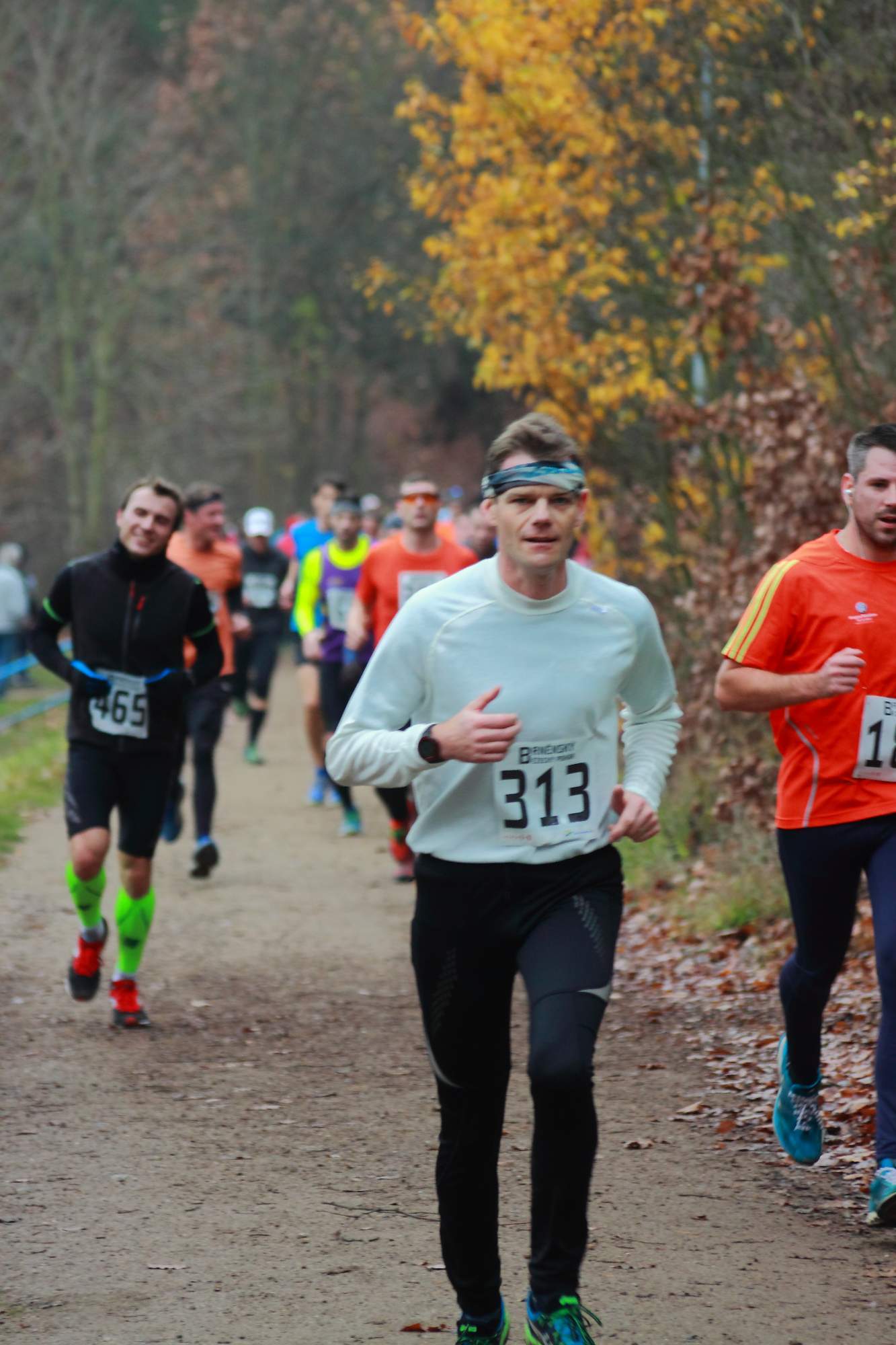
Nov 23 2015
Applause for my mitochondria
The plan asked for 5x1500m intensive session but I decided to swap sessions and do another lactate test. After yesterday’s test, I decided that the next test would be to measure lactate after a steady state session at 200W. I slightly changed that to a 6x10min/2R to keep the protocol as close as possible to yesterday’s.
Temperature in my rowing cellar was 8 degrees C. Nice, because this is also the place where I stock and cool my liquid carbs (read: beer).
Here are the data:
Workout Summary - Nov 23, 2015
--|Total|-Total-|--Avg--|-Avg-|Avg-|-Avg-|-Avg
--|Dist-|-Time--|-Pace--|Watts|SPM-|-HR--|-DPS
--|14973|60:00.0|02:00.2|201.5|23.0|156.4|10.9
Workout Details
#-|EDist|-Etime-|-SPace-|Watts|SPM-|AvgHR|DPS-|Comments
01|02493|10:00.0|02:00.3|200.9|22.1|151.9|11.3|Lo
02|04985|20:00.0|02:00.4|200.6|22.7|154.2|11.0|0.9 mmol/L
03|07481|30:00.0|02:00.2|201.5|22.9|157.0|10.9|0.9 mmol/L
04|09975|40:00.0|02:00.3|201.1|23.3|157.8|10.7|Lo / 0.7 mmol/L
05|12474|50:00.0|02:00.0|202.4|23.5|158.0|10.6|1.1 mmol/L
06|14973|60:00.0|02:00.0|202.4|23.3|159.5|10.7|1.0 mmol/L
Again the first measurement was a failure because of a bad stab, not enough blood. This lactate testing is also a test of self-control. Of course I rowed the second interval angry and disappointed. After that interval I reverted to “multiple stabbing”, i.e. stabbing at 2 or 3 spots on three fingers, to see if I could discover a good spot.
All good spots were on my little finger. Some milking was needed to get good drops.
Also, I watched in frustration how, during the row, the leaks started to produce blood. I took my right hand off the handle during the recovery and watched impressive blood drops forming during the first three minutes of the interval. Interestingly, also from “old” stab holes. Then, when it was time to measure, I would wipe and wash and wipe dry, then stab, and then it would take a long time for a usable droplet to develop. The cleaning and stabbing took about 20, 25 seconds. Waiting for the blood another 20 seconds.
Here is the bloody graph:
A couple of points. I am still suspicious of the results, but:
My current theory is that I have very happy mitochondria, busily oxidizing lactate and running their Krebs Cycle at maximum speed. That would also explain unusually low steady state lactate levels and a lactate threshold which seems to be at a higher percentage of 2k speed than my other fellow blogging rowers.
It is true that even in periods where I trained less frequently, before I took up rowing again, I have been a happy long distance runner. Not ultra long distance, but just churning out the 10k and 12k runs over a weekend, or even on the treadmill.
Still reluctant to say that I “own” the 200W as a steady state training intensity.
I will give the lactate tester a few days off. Tomorrow is the 5x1500m session, and then on Thursday or Saturday I will do a continuous 60 minute row at 200W and measure lactate afterwards.
By sanderroosendaal • Uncategorized • 6 • Tags: concept2, erg, lactate, OTE, steady state, testing